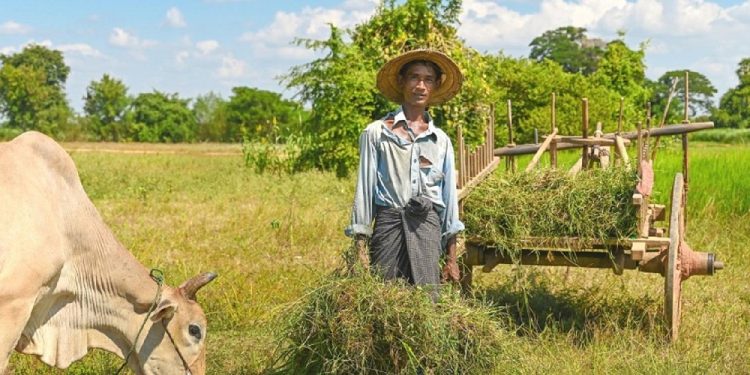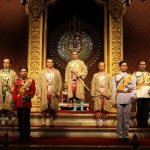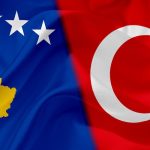
Peasants’ Day in Myanmar
Peasants’ Day is an annual holiday celebrated on March 2nd every year in Myanmar. Also widely known as Farmers’ Day, this holiday commemorates the people who work in the agricultural sector in Myanmar. In this country, approximately 70% of the population works in farming and other agriculture-related industries.
This results in about 60% of the country’s Gross Domestic Product being generated thanks to agriculture. Although this country once relied solely on rice as its main export, making it one of the biggest rice exporters in all of Asia, over the past few years, they have diversified the crops they produce.
The History of Peasants’ Day in Myanmar
This holiday is observed on the anniversary of the 1962 Burmese coup d’état that occurred on March 2, 1962. This coup marked the beginning of one-party rule and the political dominance of the military in Burma. Not long after this coup, Peasants’ Day was created to honor the farmers who help keep the country’s agricultural sector running.
Interesting Facts About Myanmar
Below are quite a few interesting facts that we’ve learned about Myanmar while researching Peasants’ Day. Let’s take a quick look at them before continuing on with this holiday’s customs.
- Myanmar used to be known as Burma.
- Burma was colonized by the British but was invaded by the Japanese during WWII.
- This country has one of the highest concentrations of pagodas and temples in the entire world.
- Shwedagon Pagoda in Yangon was built 2,500 years ago and is one of the most visited Buddhist temples in the world.
Observing Peasants’ Day in Myanmar
Although this holiday is widely celebrated across Myanmar, this day is not a public holiday. As a result, many businesses remain open on this day. Even so, many people will take the time to attend agriculture-related events such as farmers’ markets. People also take the time on this day to visit public parks or to attend religious services at their local temple.








